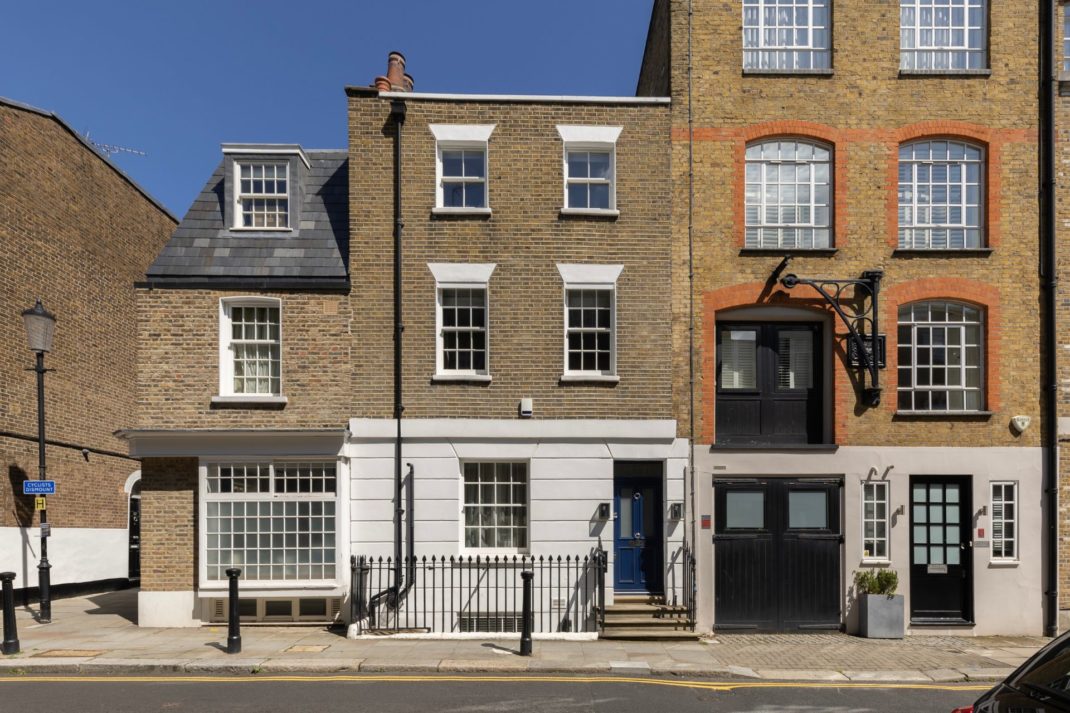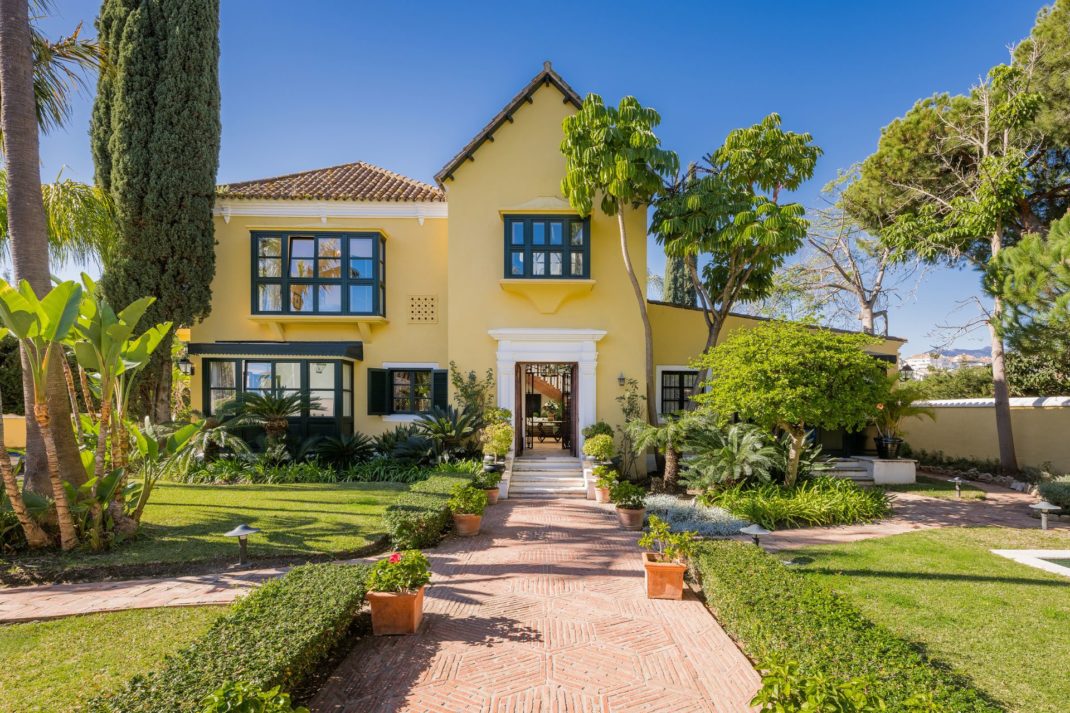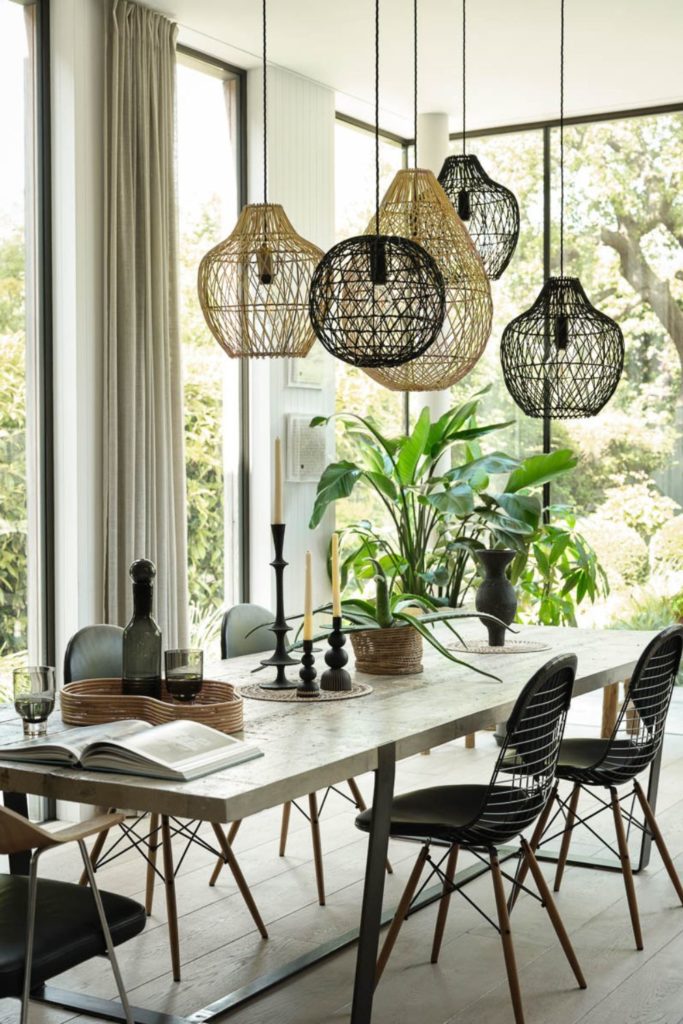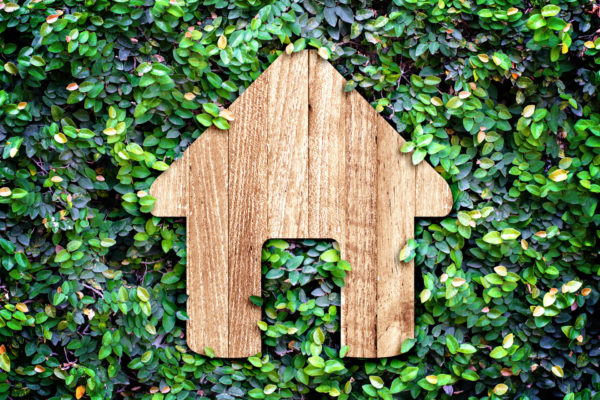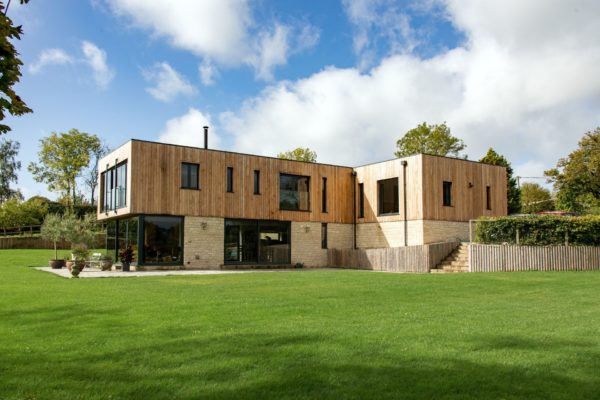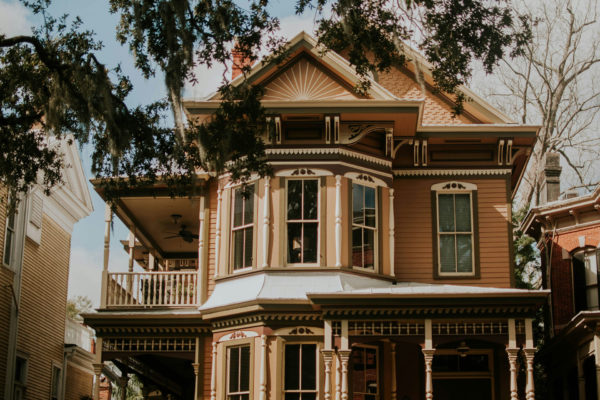
Expert View: The Costs & Opportunities Of Home Retrofitting
By
2 months ago
Small steps or a complete overhaul? Here’s what you need to know about home retrofitting
How does retrofitting work and could it transform the sustainability credentials of your home? Expert Heather Marshall, Technical Director, Water and Infrastructure Systems, explains.
What Is Retrofitting?
The term ‘retrofitting’ might conjure images of adding components to old cars or fixing outdated systems. But what if we reimagined retrofitting as a way to transform our homes to make them more comfortable and efficient?
Many of us dream of a warm new kitchen where we can cook meals for our families, entertain friends, and create a cosy gathering space. Or perhaps a luxurious bathroom with excellent drainage and water pressure to wash away the stress of the day. Insulating your home is more than a retrofit – it’s a renovation that enhances comfort by improving temperature regulation, eliminating dampness and drafts.
Beyond insulation, there can be improvements to air quality in our homes, too. Modern technologies can significantly improve your home’s air quality. Improvements can include replacing your gas hob, upgrading your boiler, and enhancing air circulation.
Adding more green to your home can also help, and green plants are just the beginning – a green roof and green walls can transform your home’s environment, improving air quality, regulating temperature, and supporting local wildlife. Plus, greenery can boost property value, too.
Why stop at the walls? Retrofitting also includes switching to sustainable drainage solutions like disconnecting roofs from the sewer and using porous materials for patios and driveways. These changes can improve your home’s resilience to extreme weather, making your outdoor spaces safer and more enjoyable.
Retrofitting isn’t just about fixing old problems or saving the planet. It’s about making your home more comfortable and efficient, just like a new kitchen or bathroom. While there may be carbon benefits and cost savings, the real appeal lies in creating a warm, dry, and comfy living space.
How do I phase out fossil fuels in my listed home?
Is It A Realistic Opportunity?
The UK aims to retrofit all homes to at least Energy Performance Certificate (EPC) band C standard by 2035. However, currently, only 29 percent of homes meet this standard, leaving 71 percent of homes needing upgrades.
The number of homes is also a challenge, but represents the need for retrofitting. There are approximately 25 million homes in the UK, and a large portion of these require retrofitting to improve energy efficiency and meet climate targets.
Retrofitting also provides an opportunity for carbon emission reduction. Residential buildings account for about 15 percent of the UK’s carbon emissions. Retrofitting homes can significantly reduce these emissions, contributing to the UK’s overall climate goals.
The estimated cost to retrofit all homes to the required standard is substantial, with figures suggesting it could be in the range of £250 billion.
These statistics highlight the extensive need for retrofitting in the UK to enhance living conditions, improve energy efficiency, and reduce carbon emissions. While the scale and cost of the needed improvements may seem overwhelming, taking small steps to improve your home insulation, drainage and air quality will not only increase the value of your home but your day to day quality of life, too.

